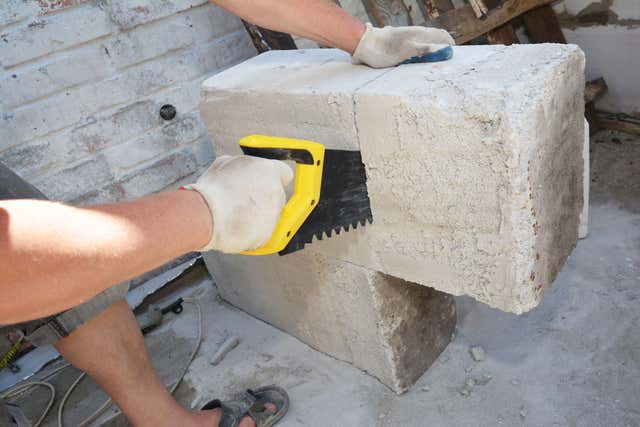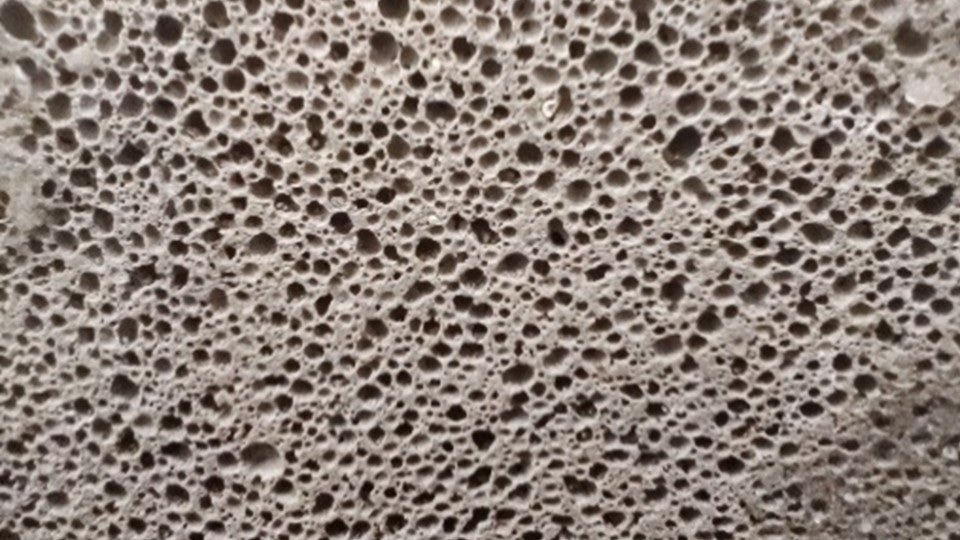

Posted on 09/02/2023 2:55:29 PM PDT by RandFan
With just days to go before the start of the new school year, more than 100 schools in England have been told to shut buildings made with a certain type of concrete unless they put in place safety measures.
Here is what we know so far about the material at the centre of all this.
What is RAAC?
Reinforced autoclaved aerated concrete (RAAC) is a lightweight material that was used in roofs, floors and walls between the 1950s and 1990s, mostly on one and two-storey buildings.
It is a cheaper alternative to standard concrete. It is quicker to produce, and easier to install.
It is aerated, or "bubbly", like an Aero chocolate bar.
But it is less durable and has a limited lifespan of around 30 years.
Its structural behaviour differs significantly from traditional reinforced concrete.
Moreover, it is susceptible to structural failure when exposed to moisture. The bubbles can allow water to enter the material.
If that happens, any rebar reinforcing RAAC can also decay, rust and weaken.
Because of this, RAAC is often coated with another material, such as bitumen on roofing panels. But this material can also degrade.
The Standing Committee on Structural Safety (SCOSS) noted that: "Although called 'concrete', RAAC is very different from traditional concrete and, because of the way in which it was made, much weaker."
According to Loughborough University, there are tens of thousands of these structural panels already in use and "many are showing signs of wear and tear and deterioration".
The Health and Safety Executive says RAAC is now beyond its lifespan and may "collapse with little or no notice".
(Excerpt) Read more at bbc.co.uk ...
I forgot when the documentary came out but I recall the engineers cured their blocks in the sea.


Uh, no one cares.
The UK is dead and gone, let it decay.
Maybe when Russia gets that far they’ll kick out the Third Worlders who took over, but that’s none of our business. They produce nothing we need, provide no “services” we want, and are a constant source of hysterical nonsense as their “civilization” sinks into irrelevancy.
Not just that, but when rebar rusts, it expands slightly, which can produce its own set of stresses on the concrete.
Disclaimer: Opinions posted on Free Republic are those of the individual posters and do not necessarily represent the opinion of Free Republic or its management. All materials posted herein are protected by copyright law and the exemption for fair use of copyrighted works.